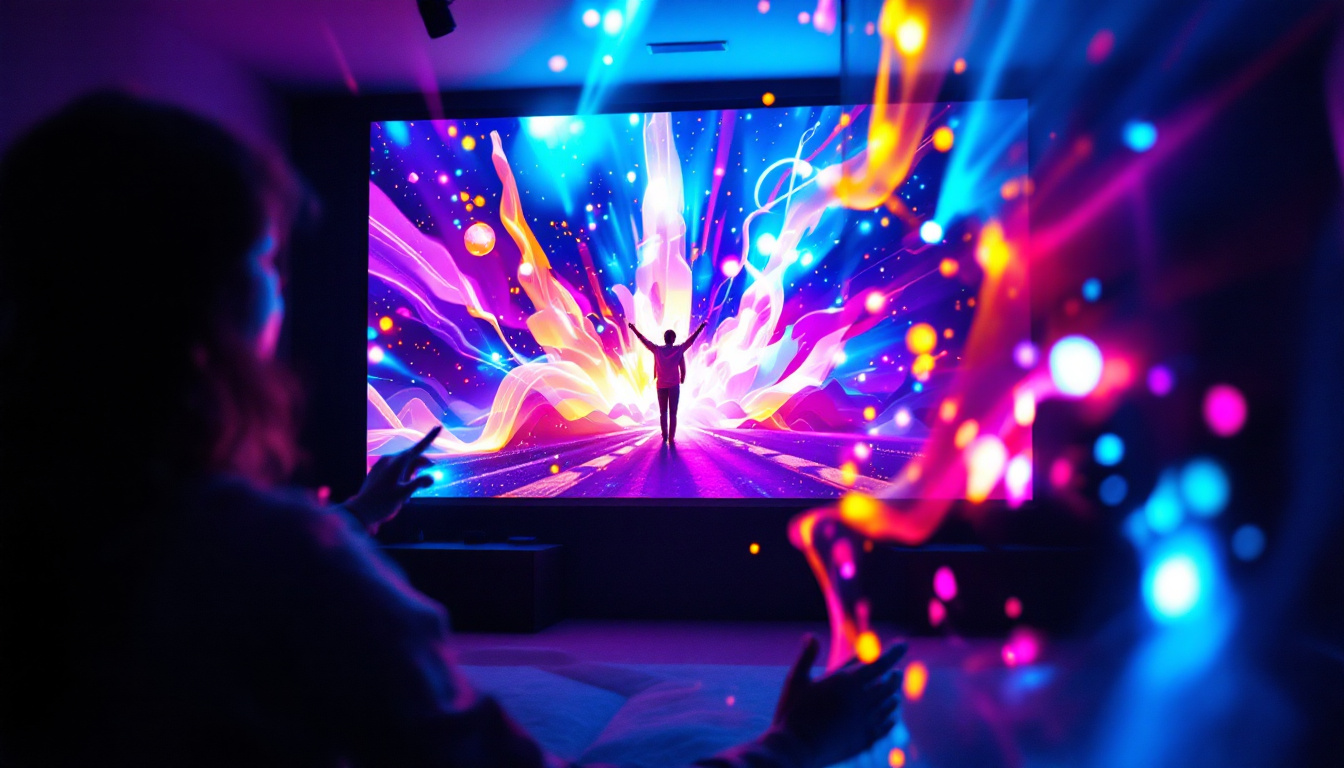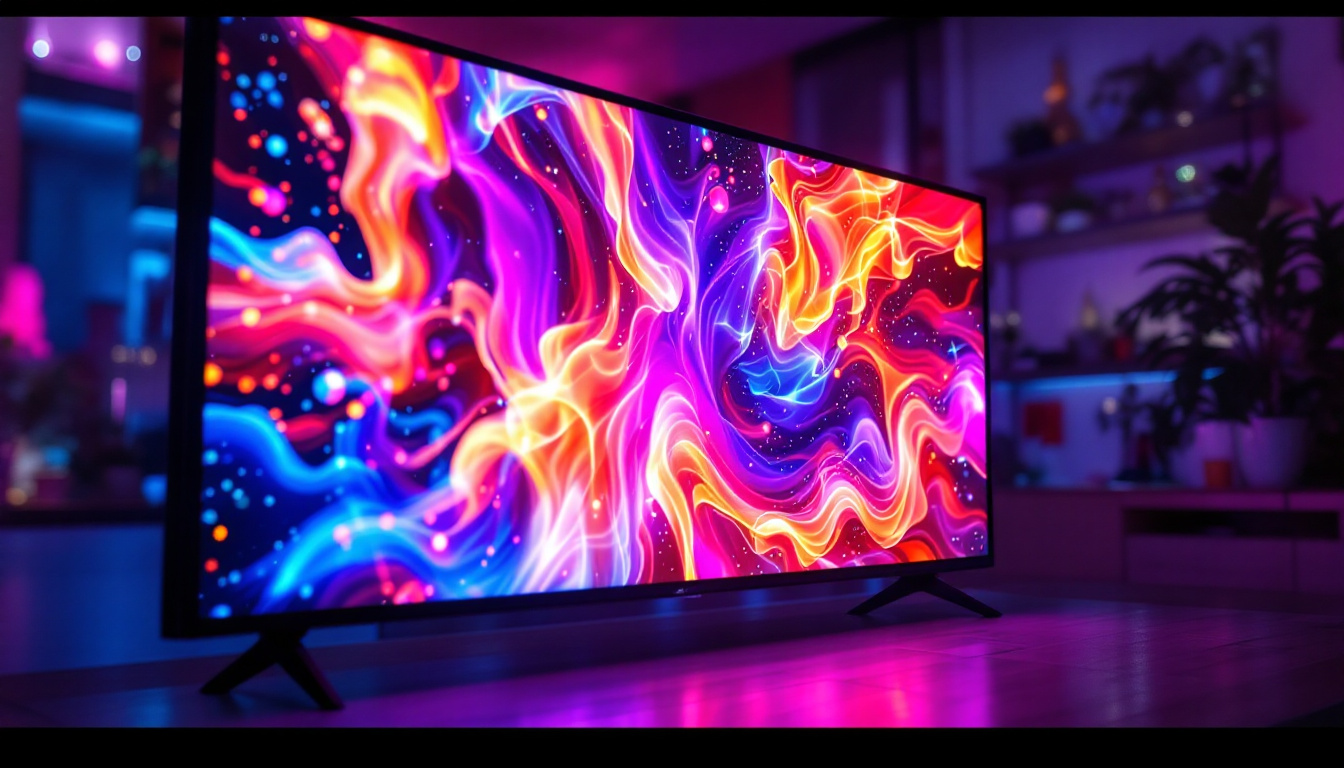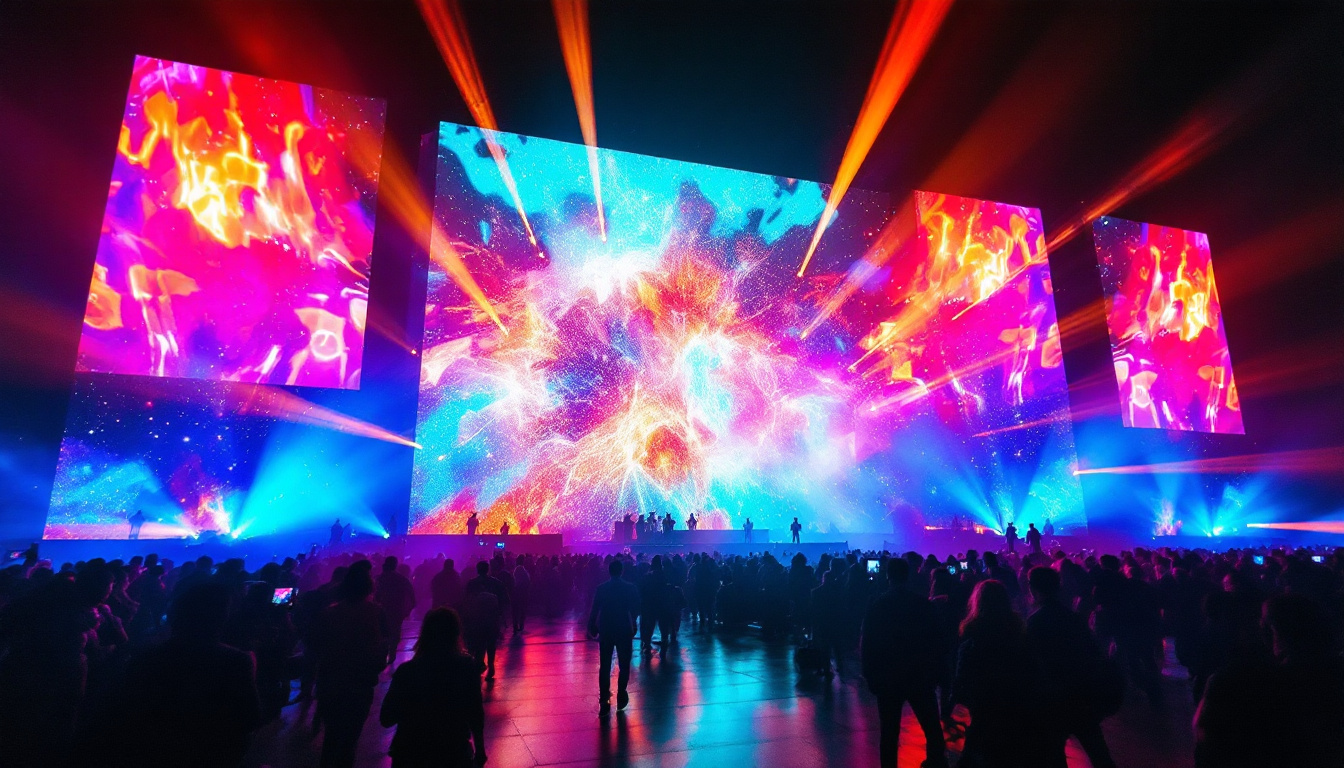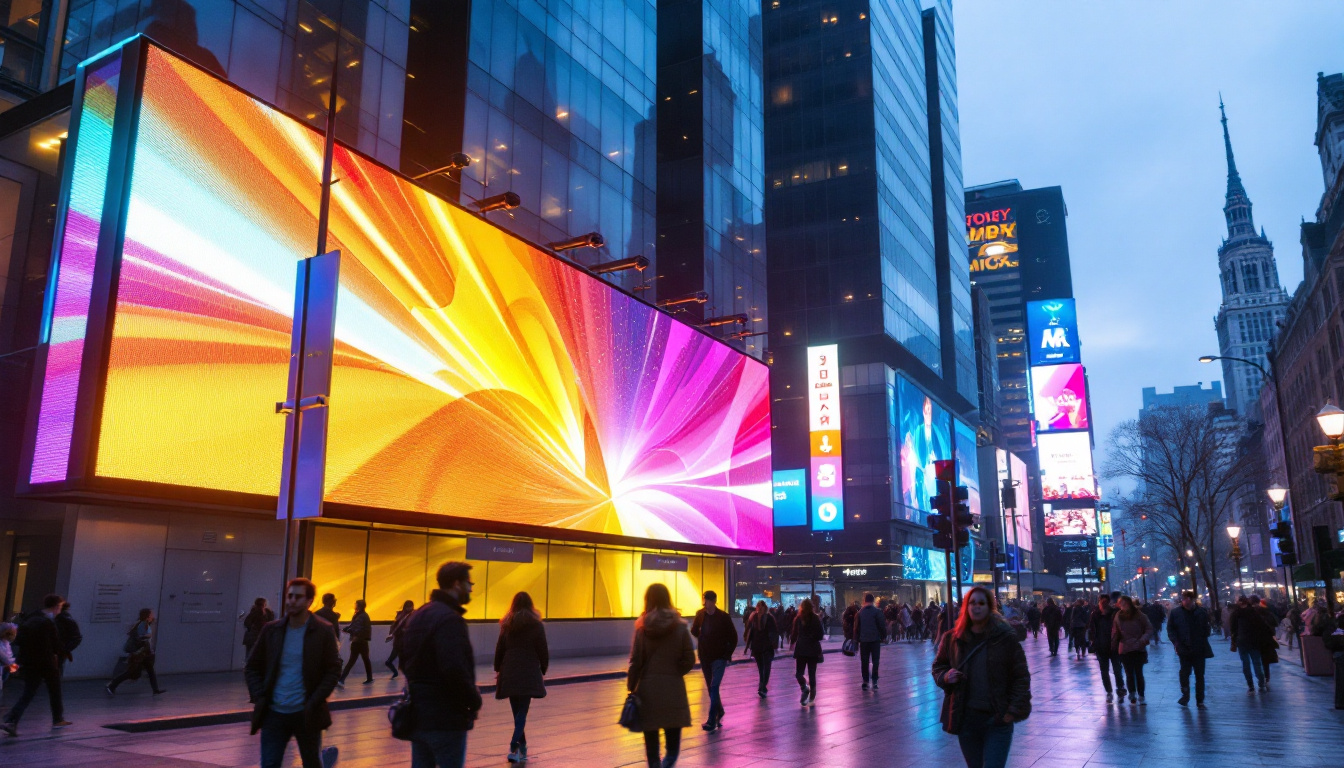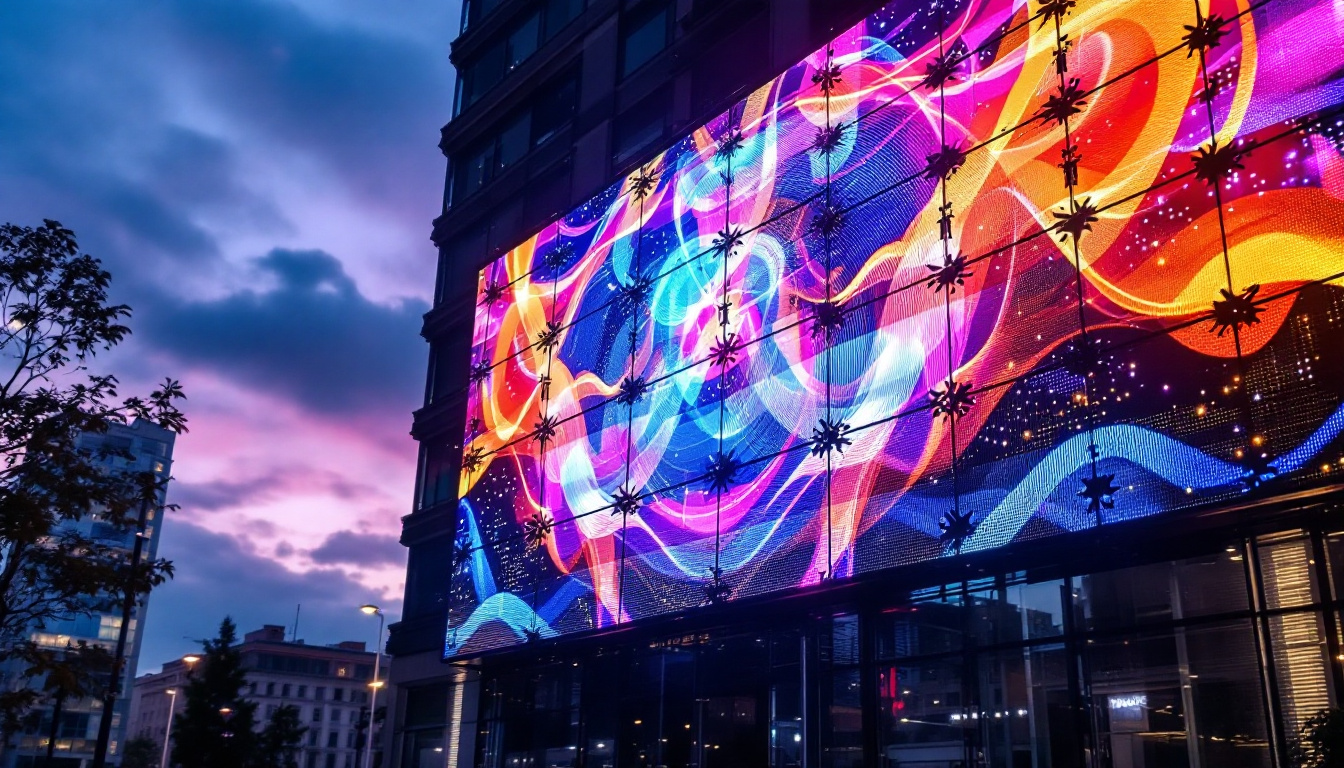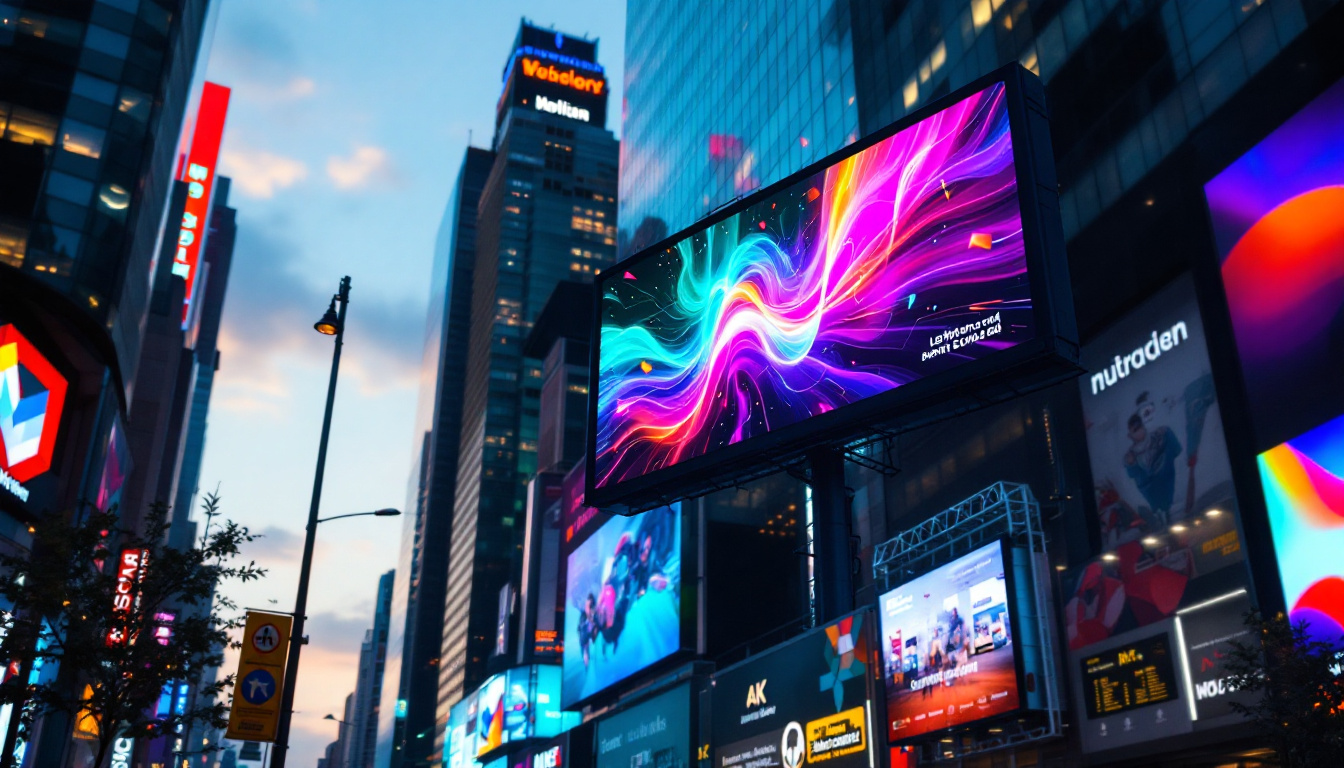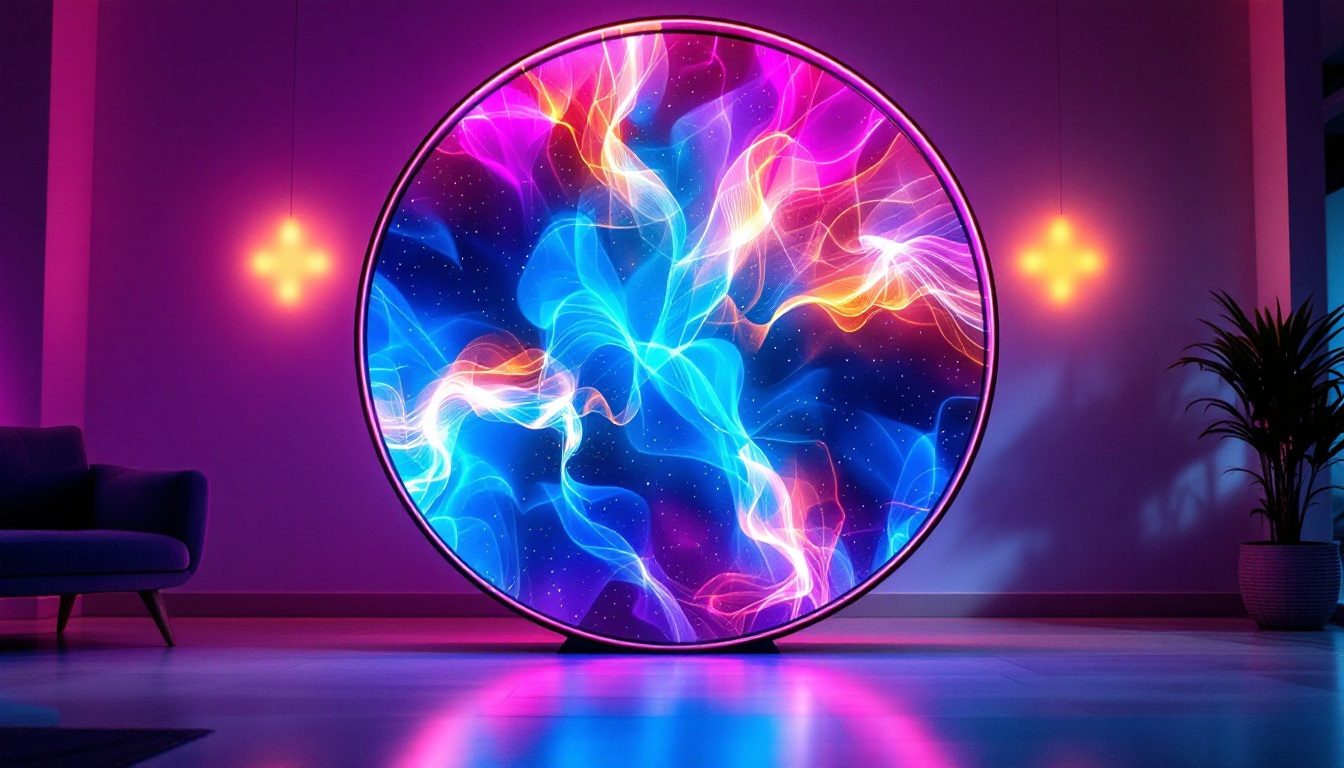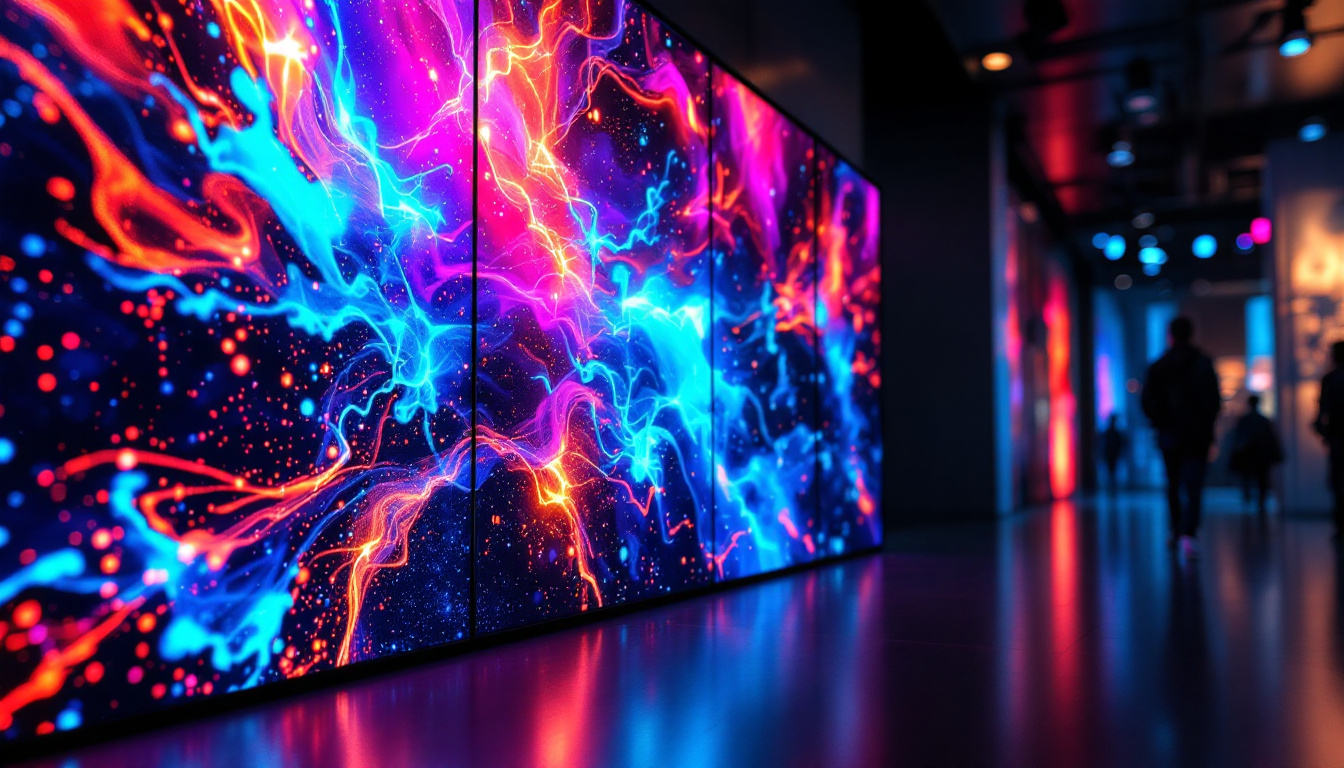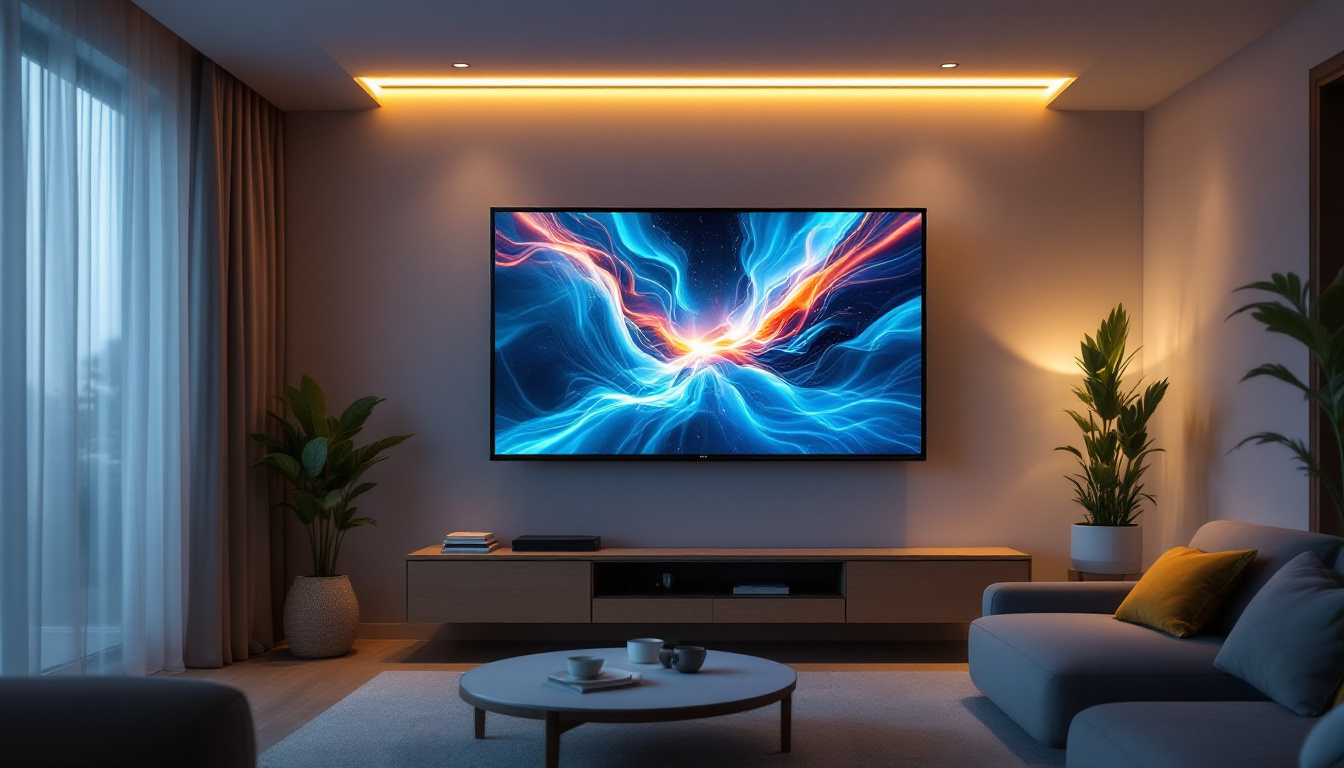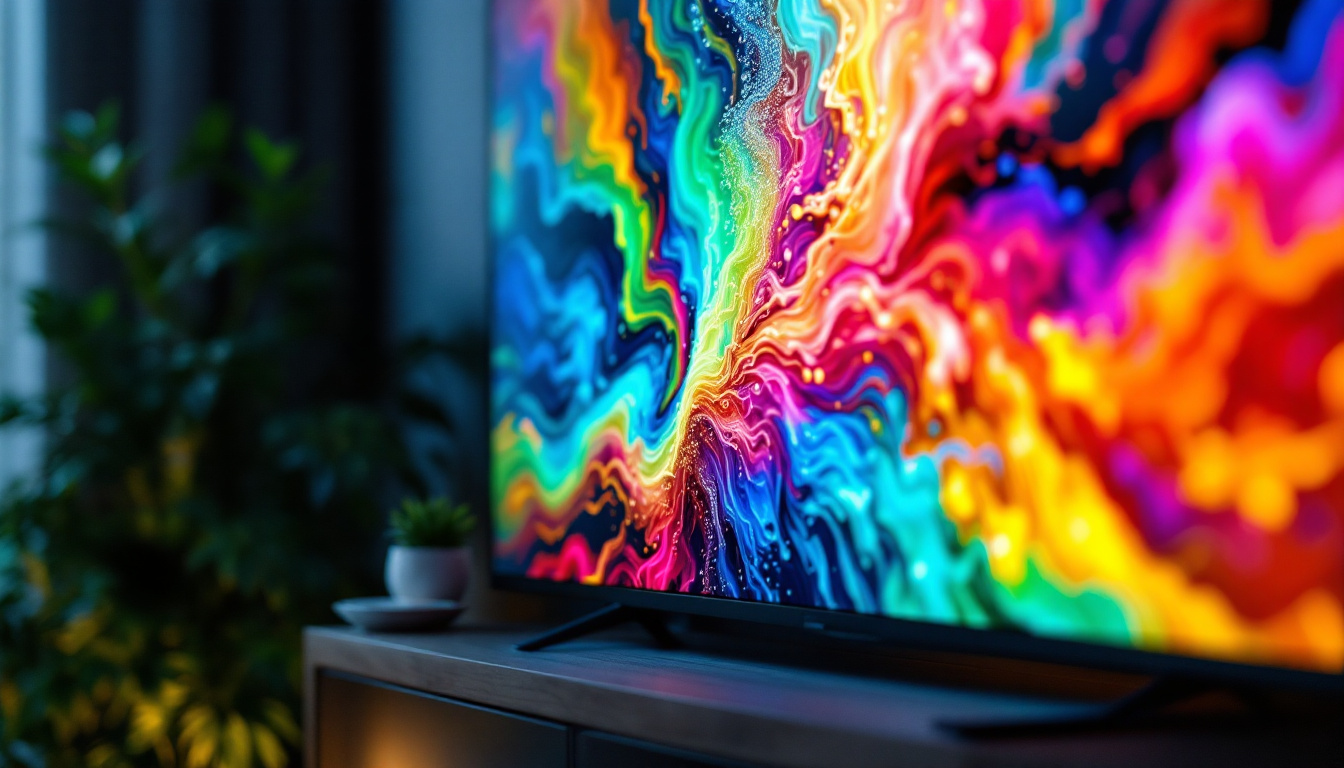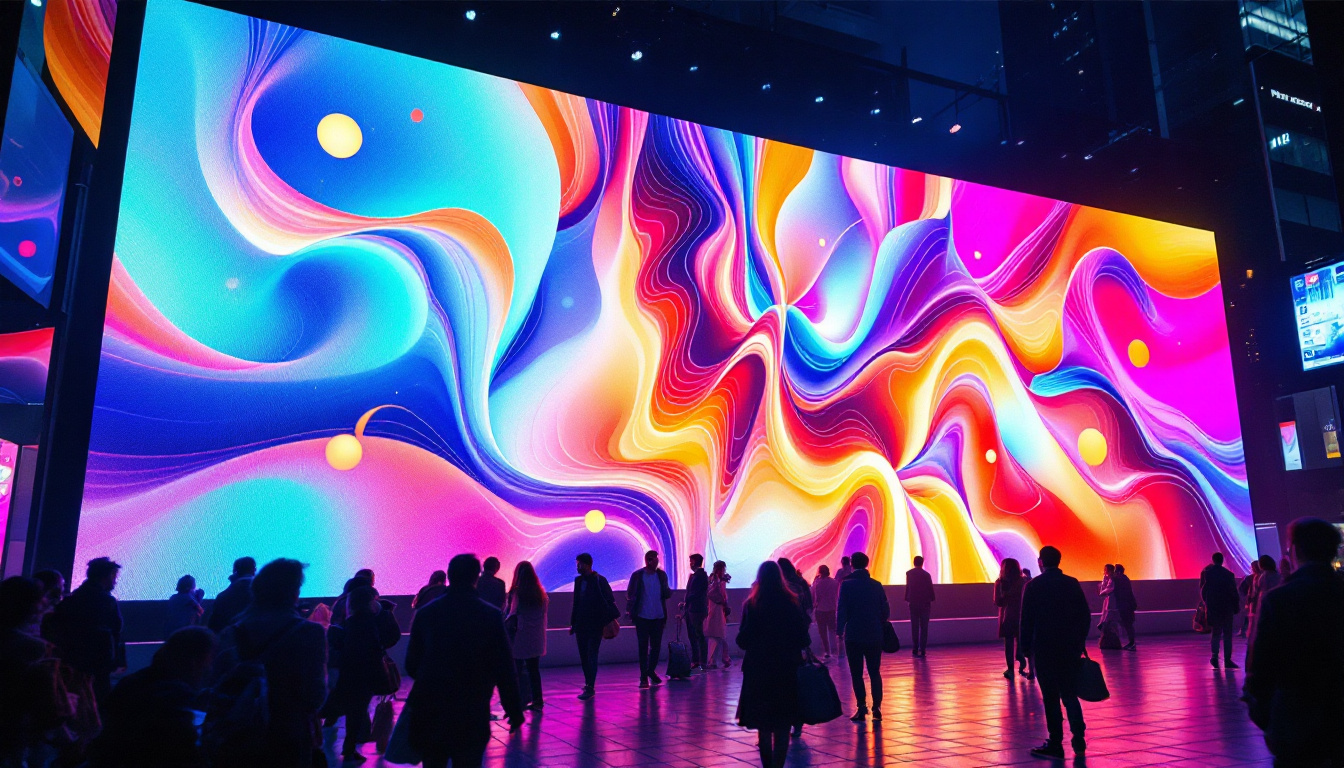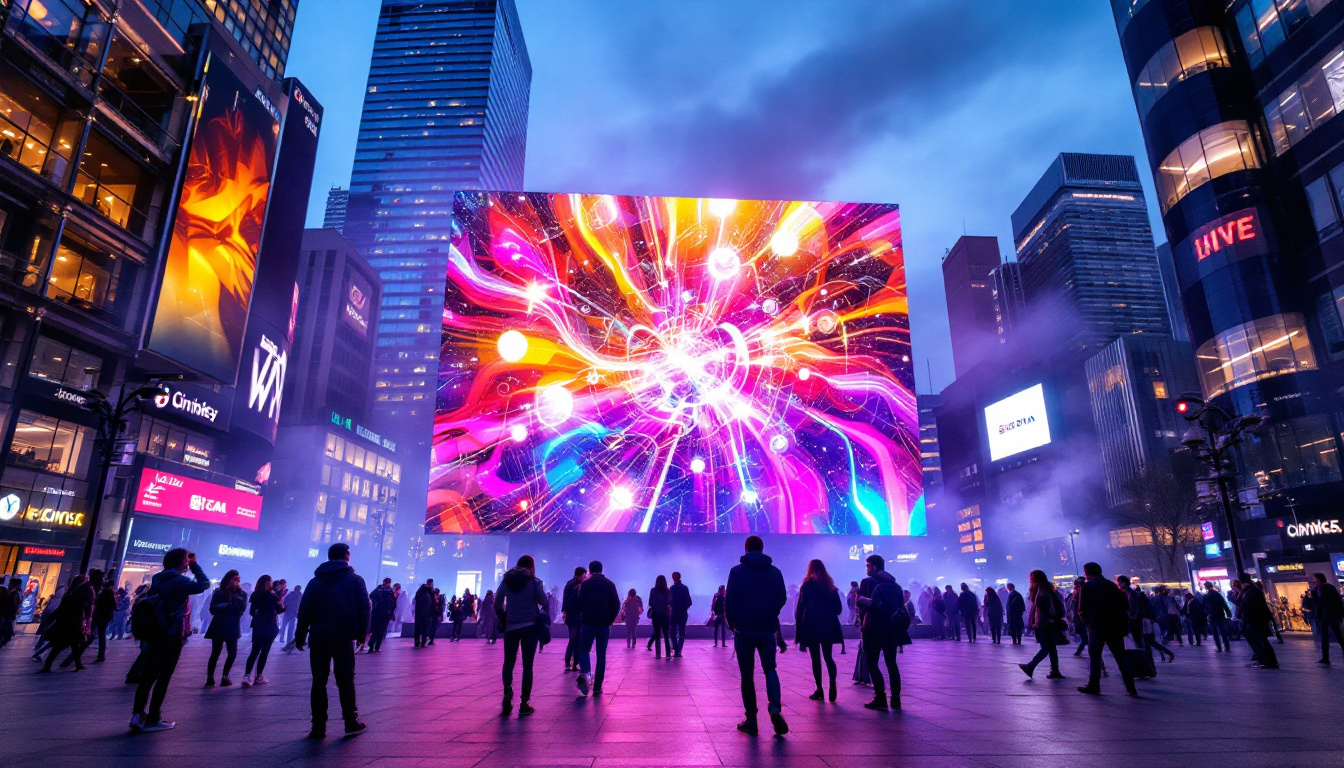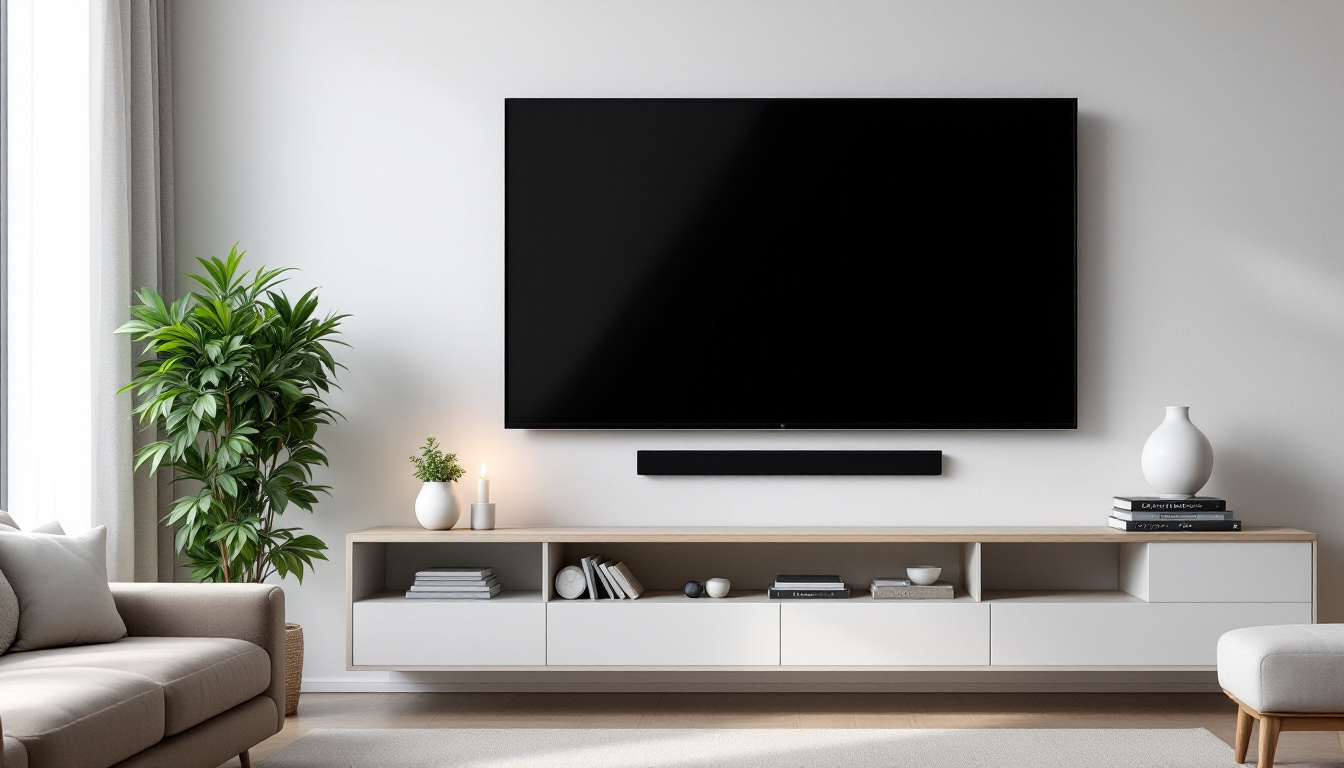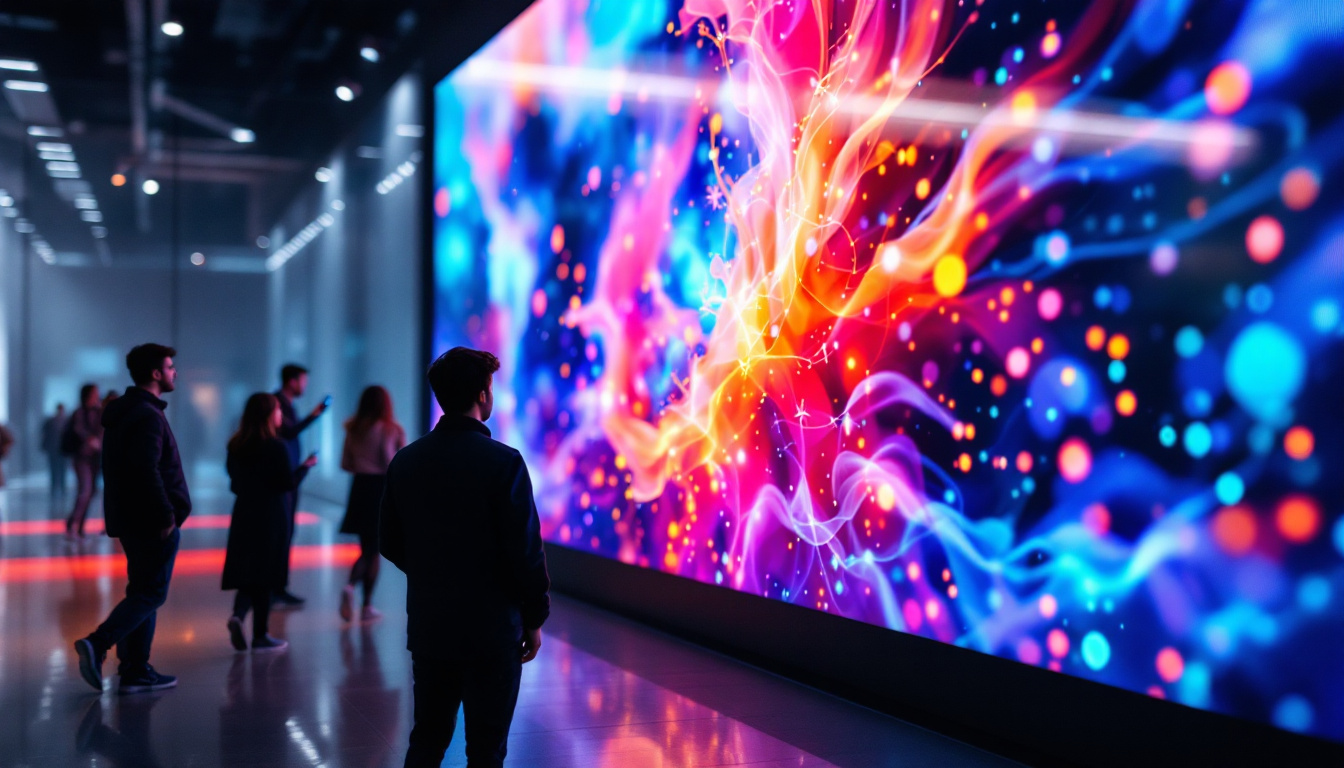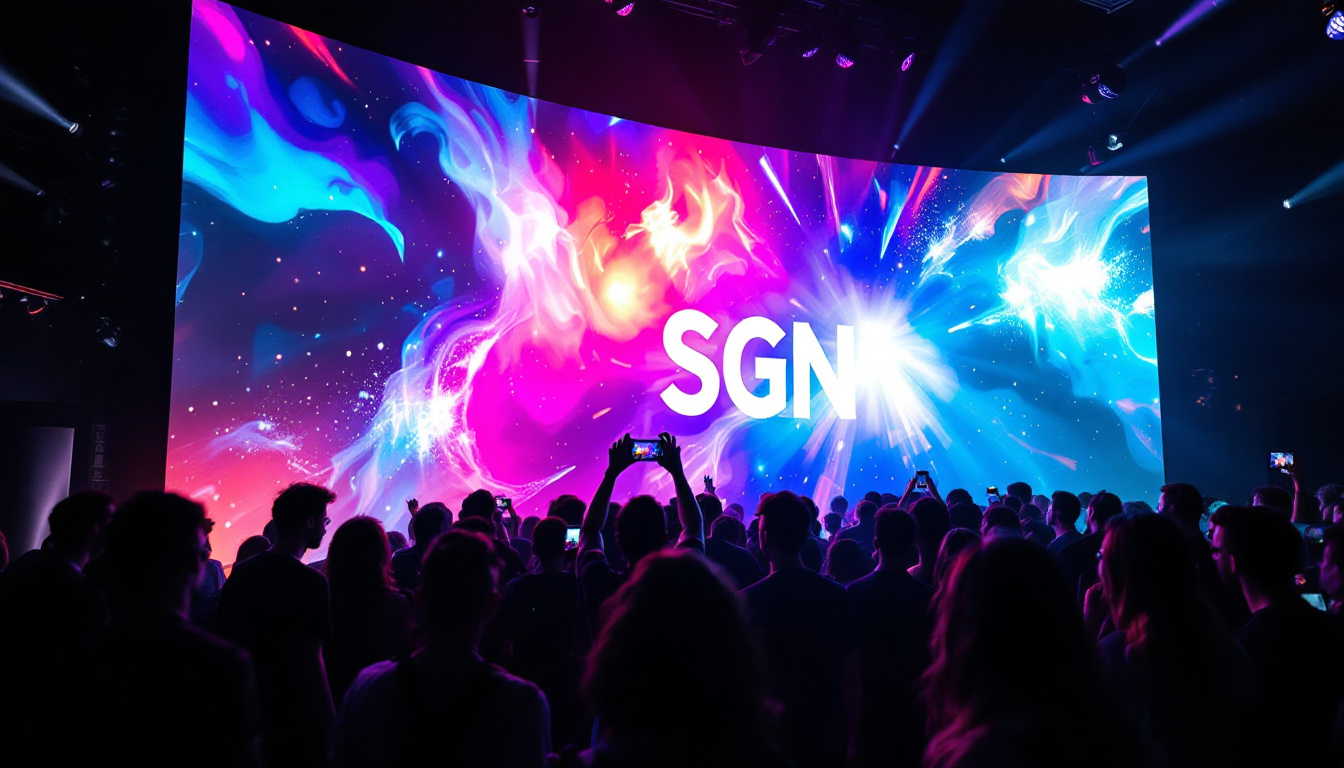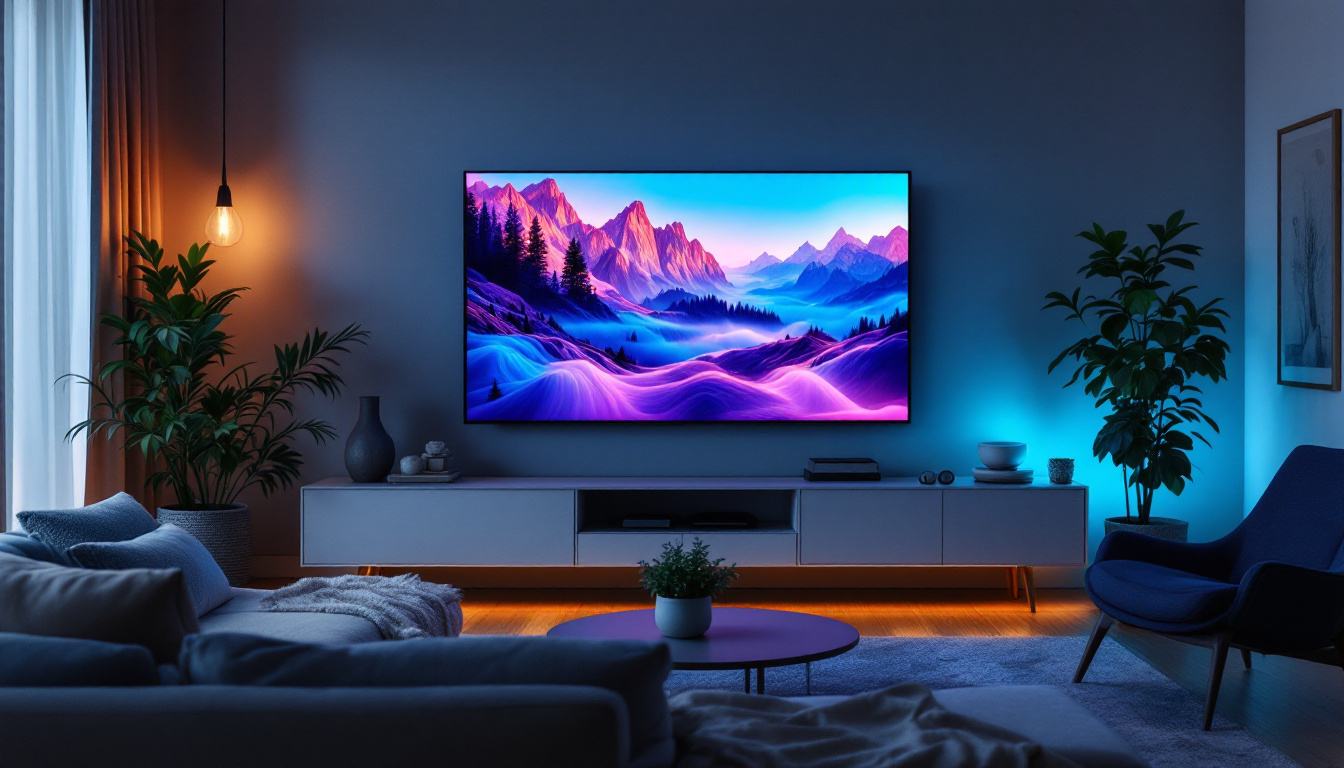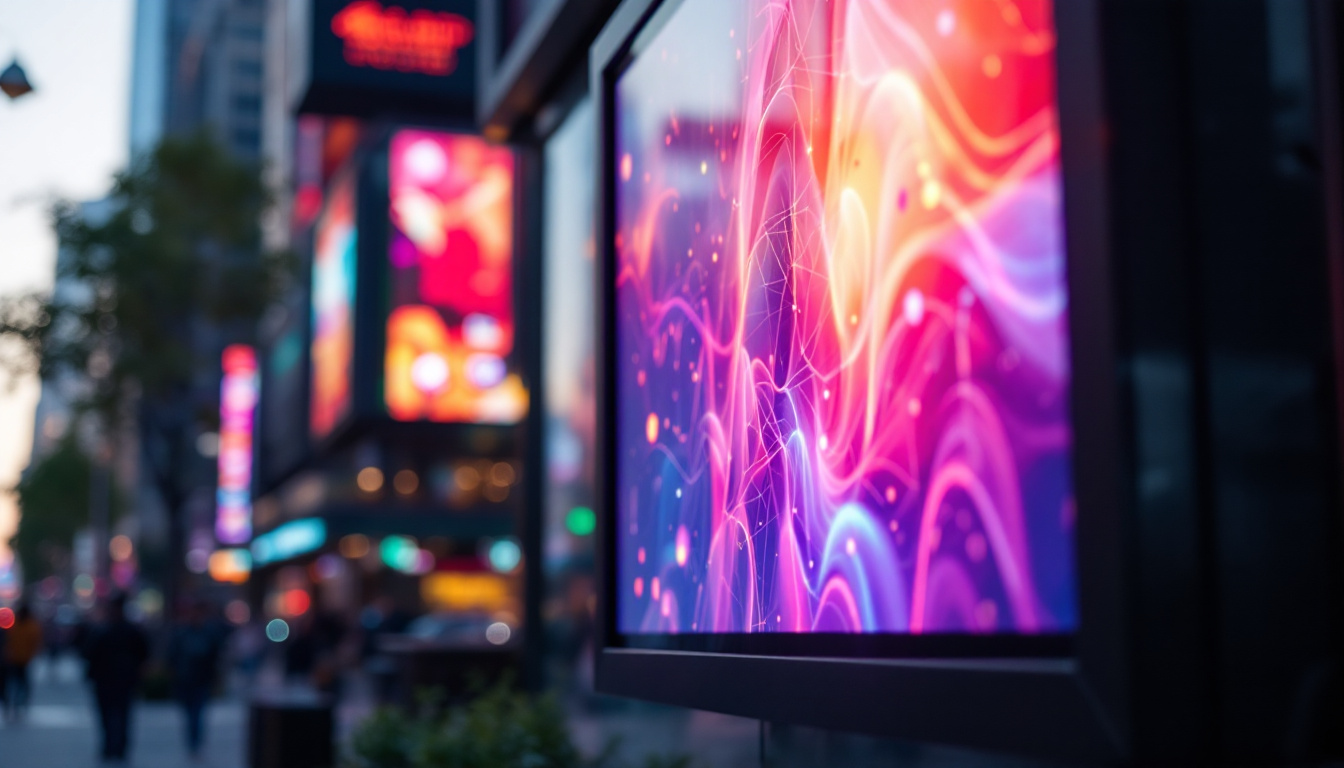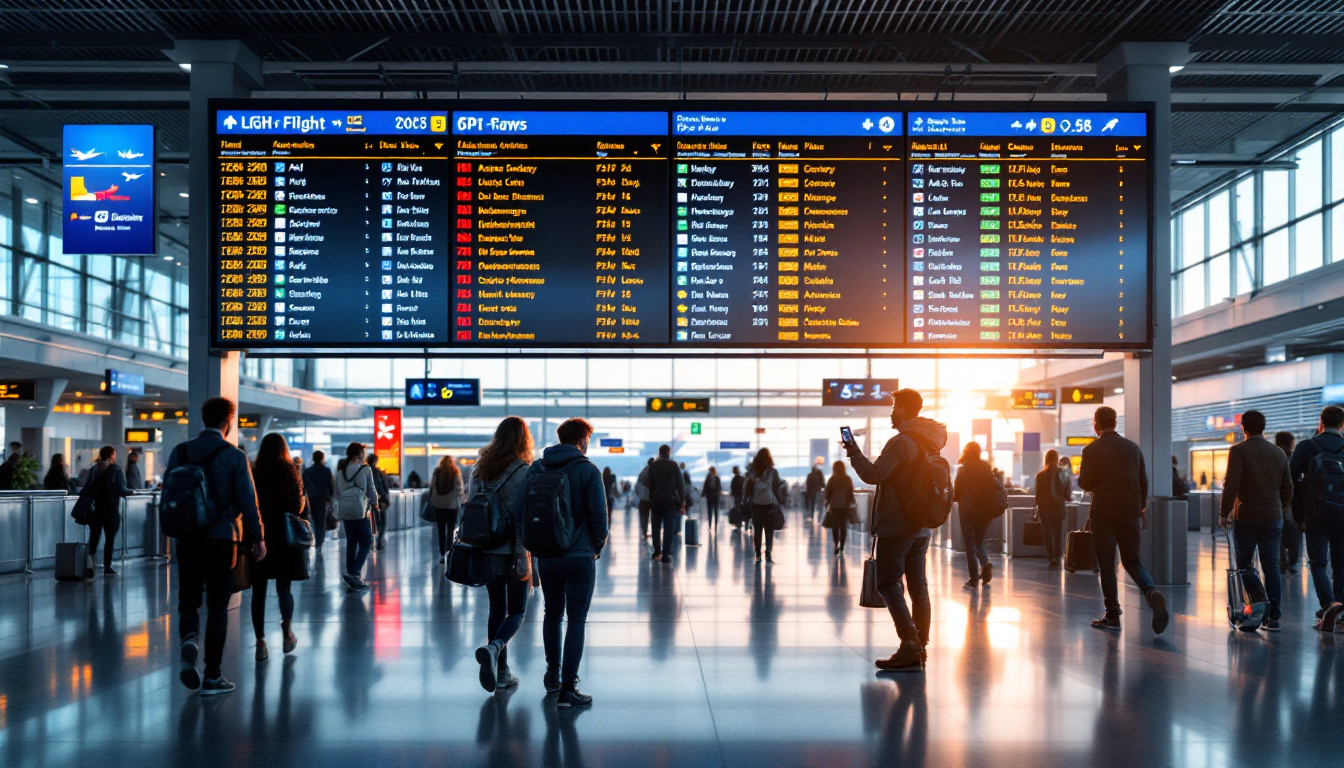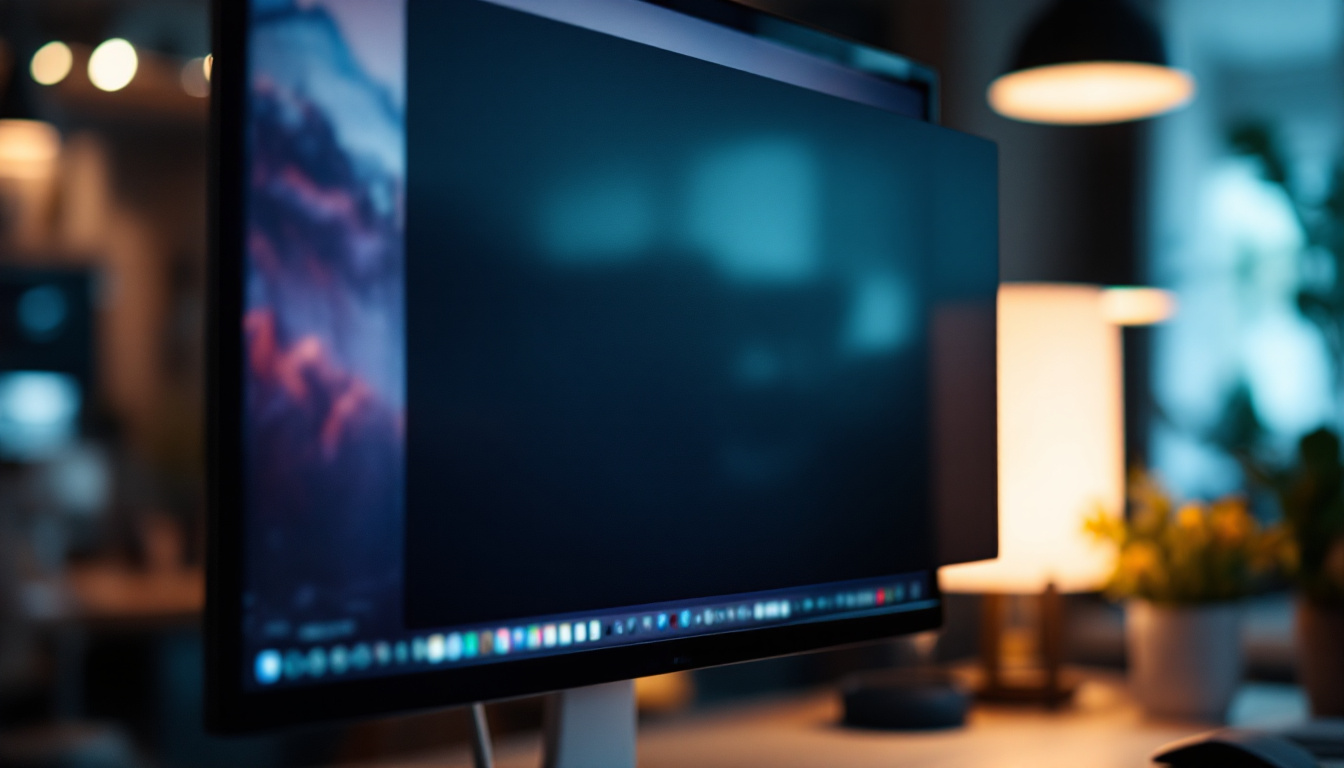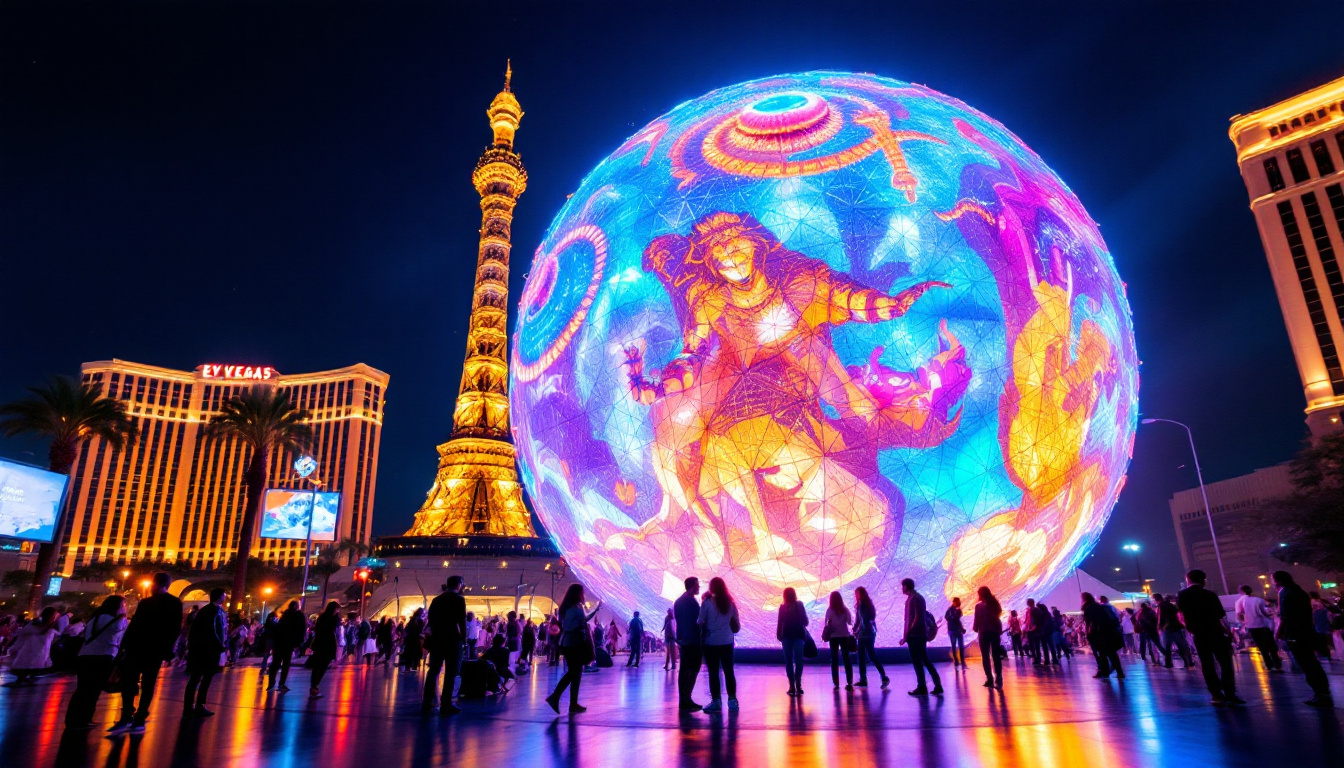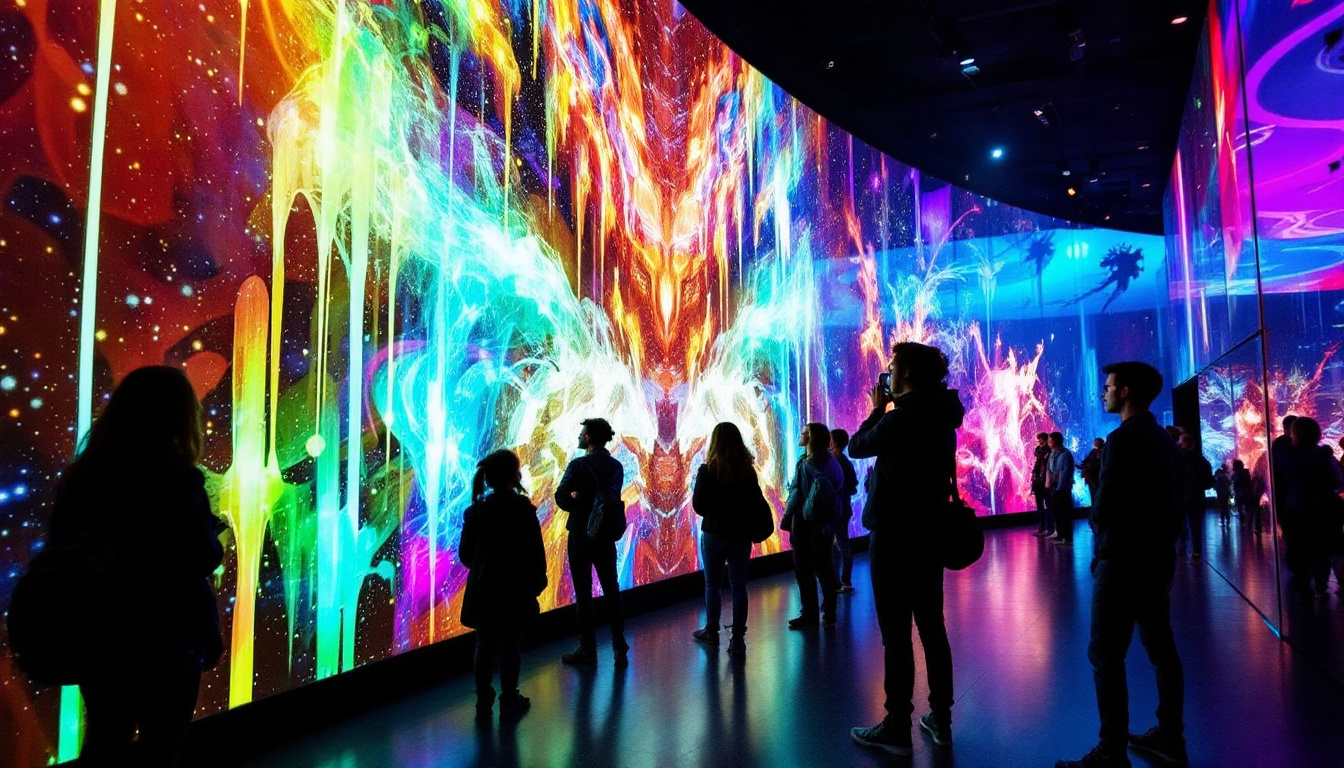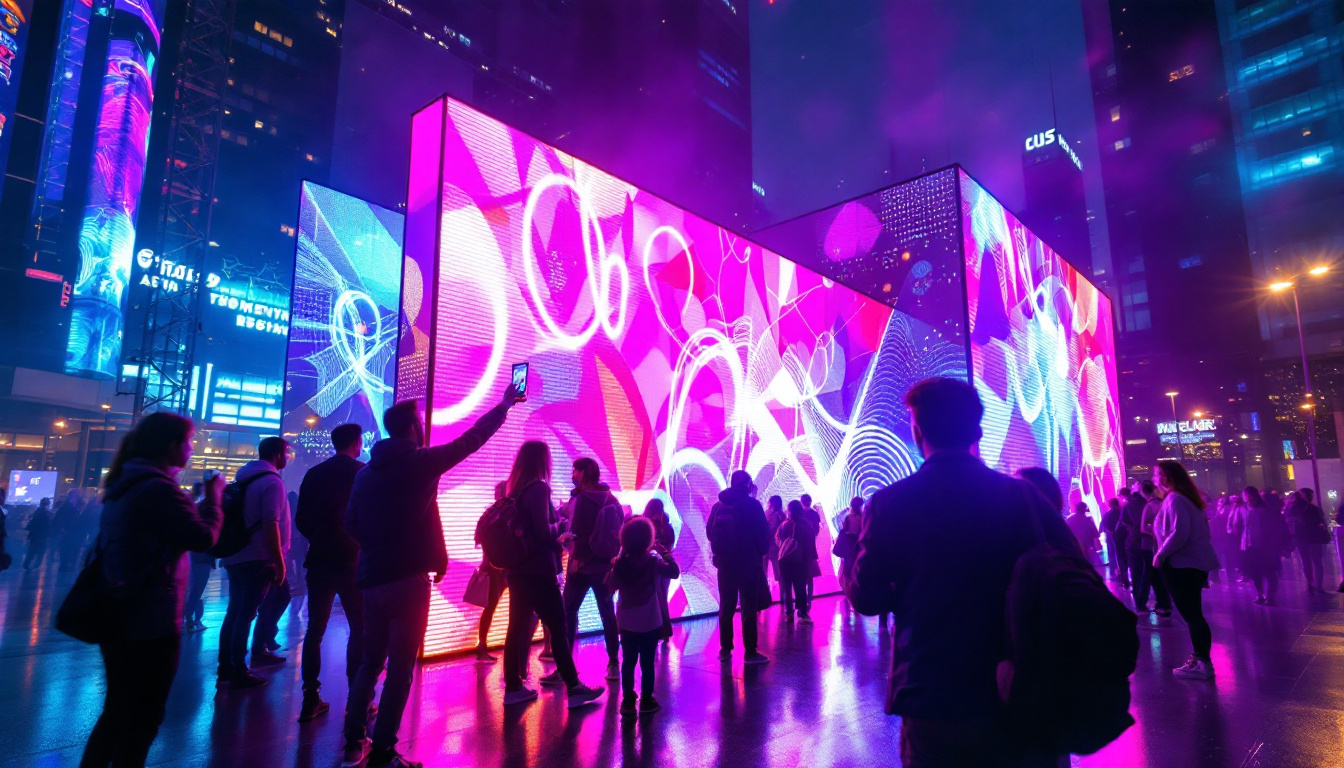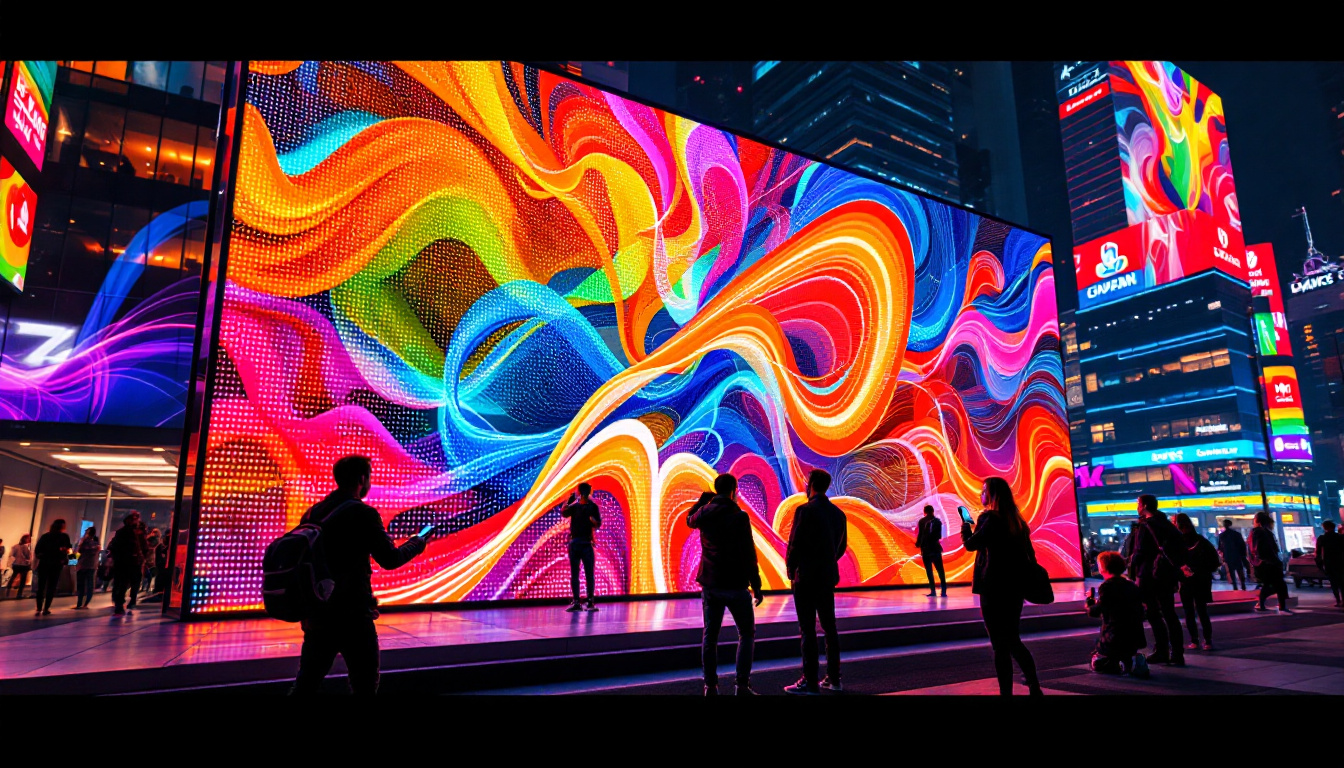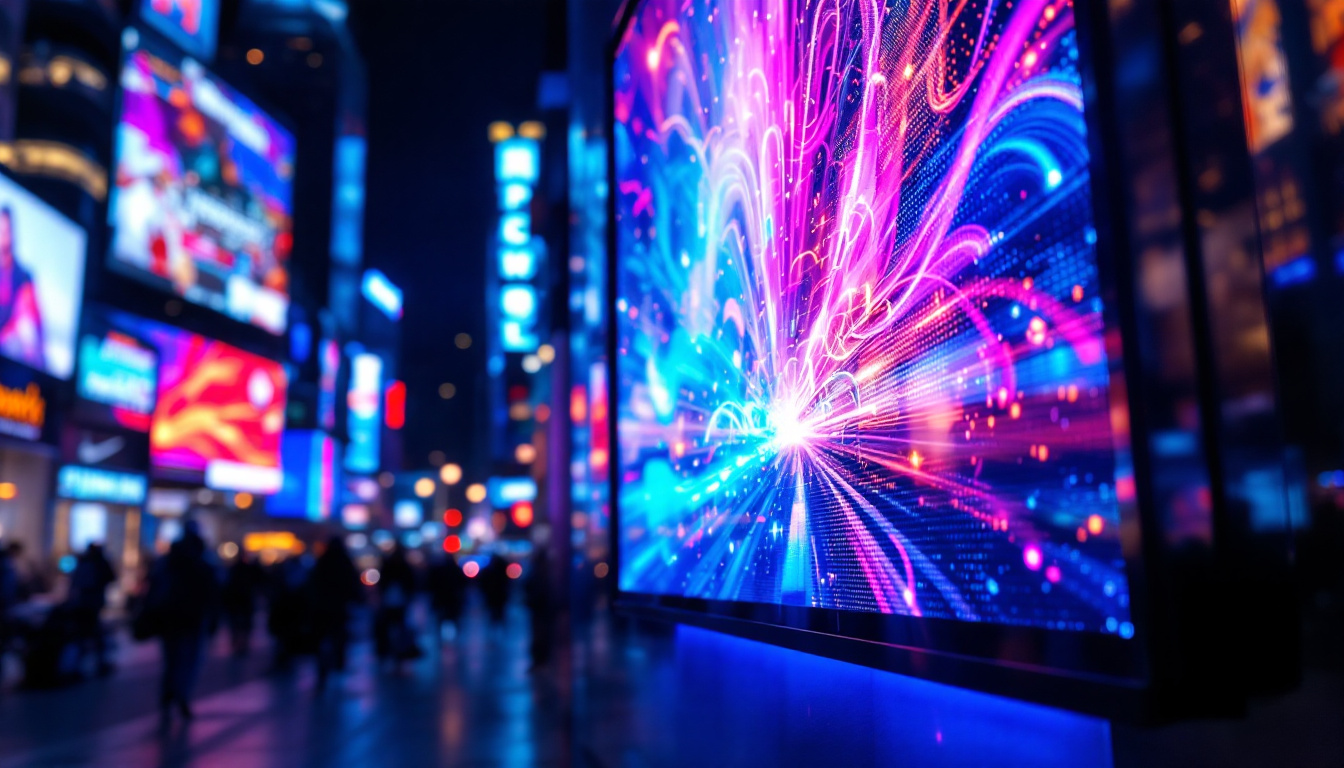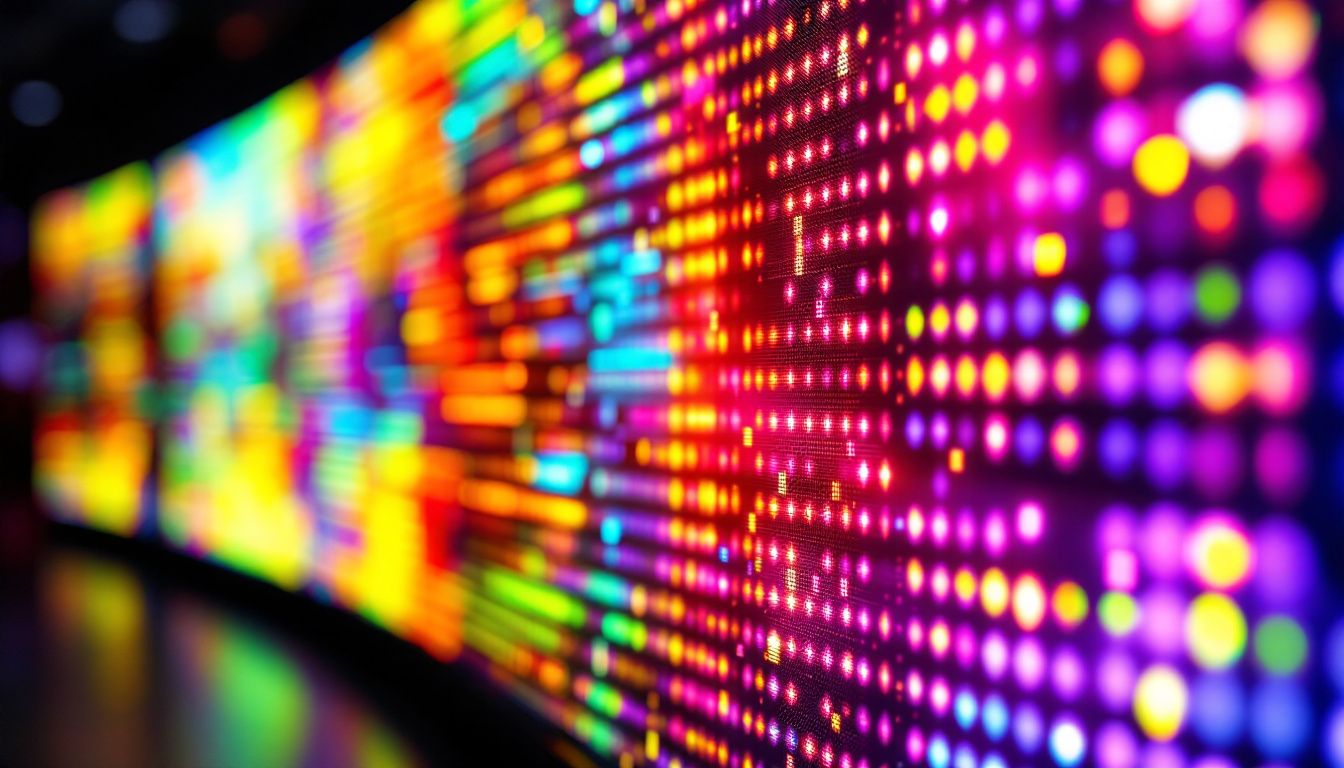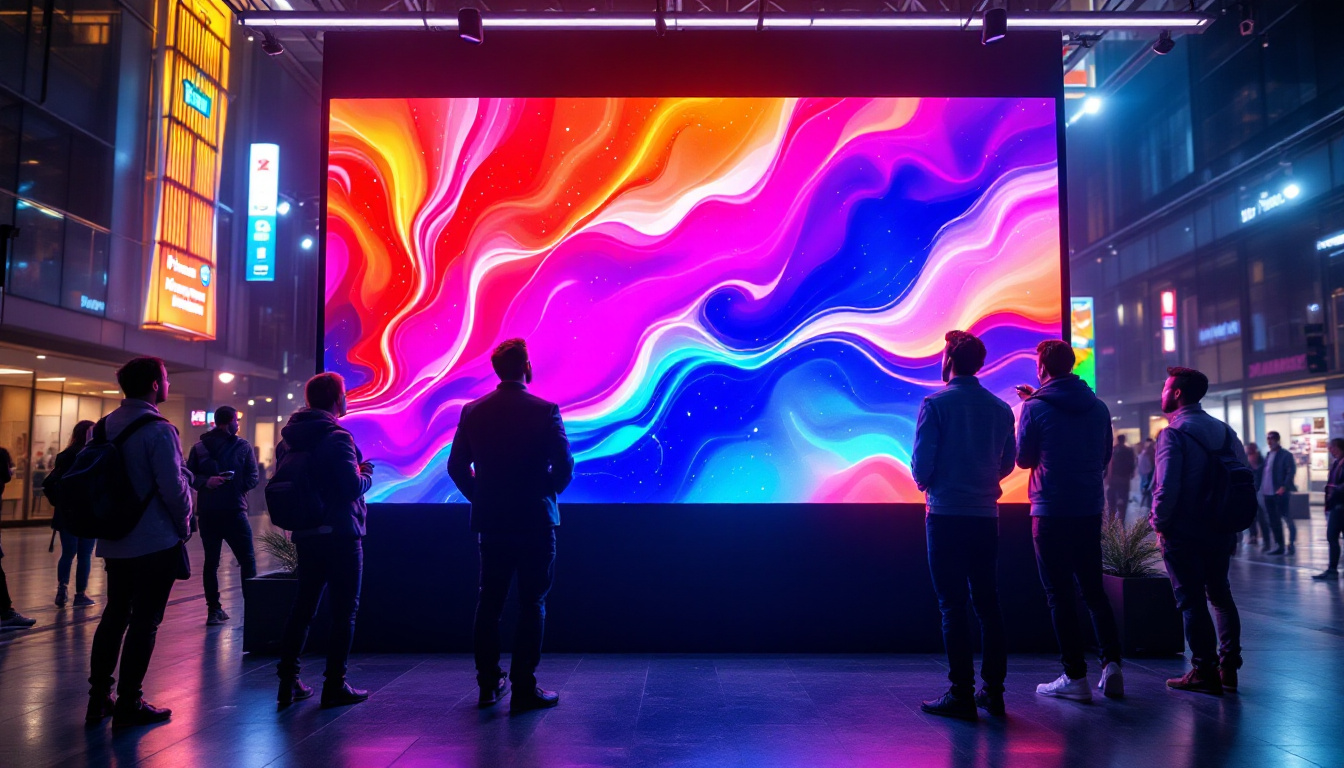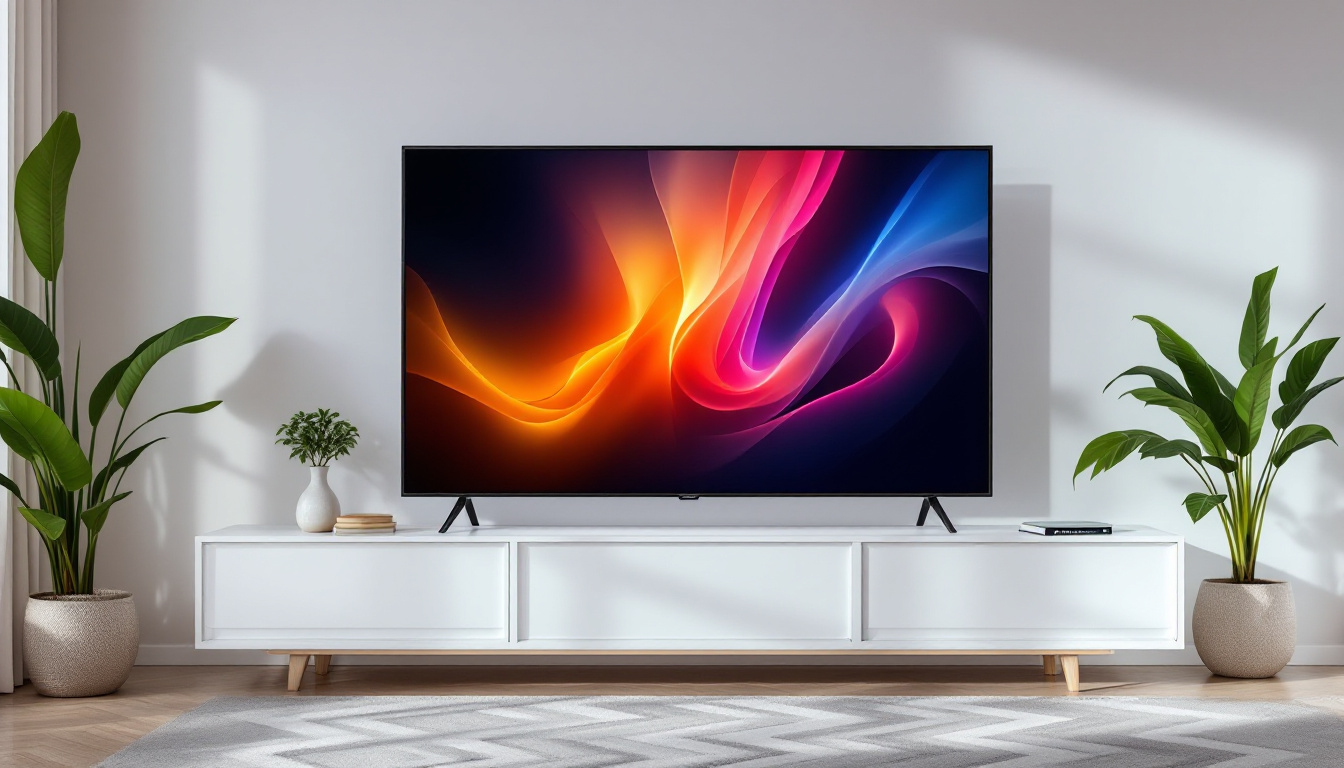In the ever-evolving landscape of visual technology, media walls have emerged as a transformative solution for businesses and event organizers alike. Utilizing LED display technology, these installations offer vibrant visuals and dynamic content that captivate audiences. This article delves into the intricacies of media walls, exploring their components, applications, advantages, and future trends.
Understanding Media Walls
Media walls are large-scale displays composed of multiple LED panels arranged in a grid-like configuration. These installations can vary in size and shape, making them adaptable to various environments, from corporate offices to concert venues. The seamless integration of individual panels creates a single, cohesive display that can showcase high-resolution images, videos, and real-time data. Their versatility allows for creative applications, such as immersive art installations or dynamic advertising displays, which can capture the attention of audiences in a way that traditional signage cannot.
Components of Media Walls
At the heart of any media wall is the LED display technology. LED, or Light Emitting Diode, is a semiconductor device that emits light when an electric current passes through it. The panels used in media walls consist of numerous tiny LEDs that work together to produce bright, vivid images. The key components include:
- LED Panels: These are the building blocks of a media wall. They come in various pixel pitches, which determine the distance between individual LEDs. A smaller pixel pitch results in higher resolution and clarity, making them ideal for close-up viewing, such as in retail environments where detailed product imagery is crucial.
- Video Processing Unit: This component manages the input signals and ensures that the content displayed is synchronized across all panels. It allows for real-time adjustments and can support multiple input sources, enabling dynamic presentations that can change based on audience interaction or specific event needs.
- Mounting Structure: A robust framework is essential for supporting the weight of the panels and ensuring stability. This structure can be customized to fit different environments, whether it’s a permanent installation or a temporary setup for events. Additionally, advanced mounting solutions may include features for easy maintenance and quick panel replacement, ensuring minimal downtime.
Types of Media Walls
Media walls can be categorized based on their application and configuration. The two primary types are:
- Indoor Media Walls: These are designed for use in controlled environments such as conference rooms, retail spaces, and exhibition halls. They typically have a finer pixel pitch for enhanced image quality, making them perfect for detailed graphics and presentations that require clarity and precision.
- Outdoor Media Walls: Built to withstand various weather conditions, outdoor media walls are larger and more robust. They often feature a coarser pixel pitch, as they are usually viewed from a greater distance. These installations are frequently used for advertising, public announcements, and entertainment, often becoming focal points in urban landscapes or at large events.
Another interesting aspect of media walls is their ability to integrate with other technologies. For instance, many media walls can be controlled via mobile applications or centralized management systems, allowing for easy content updates and scheduling. This capability is particularly beneficial for businesses that need to display timely information, such as news updates or promotional offers, ensuring that their messaging remains relevant and engaging. Furthermore, with the rise of interactive media walls, audiences can engage directly with the content, creating a more immersive experience that can enhance brand loyalty and customer satisfaction.
Moreover, the design possibilities for media walls are virtually limitless. They can be configured in various shapes and sizes, from traditional rectangular formats to more avant-garde designs that incorporate curves or even 3D elements. This flexibility allows designers and brands to create unique visual experiences that align with their identity and goals. As technology continues to advance, we can expect to see even more innovative uses of media walls, including augmented reality applications that blend digital content with the physical world, further blurring the lines between the two realms.
Applications of Media Walls
The versatility of media walls allows them to be utilized in a myriad of settings. Their applications span across various industries, enhancing communication and engagement.
Corporate Environments
In corporate settings, media walls serve as powerful tools for presentations, branding, and information dissemination. They can display company logos, key performance indicators, and live data feeds, making them ideal for boardrooms and lobbies. The dynamic nature of media walls allows companies to convey their messages effectively, ensuring that important information is both accessible and engaging. Furthermore, the integration of interactive elements can transform a static presentation into a participatory experience, where employees can engage with the content directly. This not only boosts retention of information but also fosters a culture of collaboration and innovation within the workplace.
Entertainment and Events
Media walls have revolutionized the entertainment industry, becoming a staple in concerts, festivals, and sporting events. They provide immersive experiences by displaying stunning visuals that complement performances. Whether it’s a live feed of the audience or intricate animations, media walls enhance the overall atmosphere, drawing in spectators and keeping their attention. Additionally, these walls can be synchronized with sound systems to create a cohesive audio-visual experience that captivates audiences. Event organizers can utilize media walls for real-time social media feeds, allowing fans to see their posts displayed live, thus increasing engagement and interaction during the event.
Retail and Advertising
In retail environments, media walls are used to create eye-catching displays that attract customers. They can showcase product advertisements, promotional videos, and interactive content that encourages consumer engagement. By utilizing high-resolution visuals, retailers can effectively communicate their brand message and drive sales. Moreover, the ability to change content dynamically allows retailers to tailor their messaging based on time of day or current trends, ensuring that their displays remain relevant and appealing. Some innovative retailers have even incorporated augmented reality features into their media walls, enabling customers to visualize products in a more immersive way, thus enhancing the shopping experience and encouraging purchases.
Advantages of Media Walls
The adoption of media walls comes with numerous benefits that contribute to their growing popularity across various sectors.
High-Quality Visuals
One of the most significant advantages of media walls is their ability to deliver high-quality visuals. The LED technology used in these displays ensures bright colors and sharp images, even in well-lit environments. This quality is essential for capturing the audience’s attention and delivering impactful messages.
Flexibility and Customization
Media walls offer unparalleled flexibility in terms of content management. Users can easily update and change the displayed content in real-time, allowing for dynamic presentations that can adapt to different audiences and events. Additionally, the modular nature of LED panels means that media walls can be customized in size and shape to fit specific requirements.
Energy Efficiency
Compared to traditional display technologies, LED displays are more energy-efficient. They consume less power while providing brighter images, making them a sustainable choice for organizations looking to reduce their carbon footprint. This efficiency not only lowers operational costs but also aligns with the growing emphasis on environmental responsibility.
Challenges and Considerations
While media walls offer numerous advantages, there are also challenges and considerations that organizations must address before installation.
Initial Investment
The initial cost of purchasing and installing a media wall can be significant. Organizations must consider their budget and the potential return on investment. However, many find that the long-term benefits, such as increased engagement and improved communication, outweigh the upfront costs.
Technical Expertise
Operating and maintaining a media wall requires technical expertise. Organizations may need to invest in training staff or hire external professionals to manage the technology effectively. Ensuring that the content is updated regularly and that the system is functioning optimally is crucial for maximizing the benefits of a media wall.
Content Creation
Creating compelling content for a media wall can be a challenge. Organizations need to ensure that the visuals are not only high-quality but also relevant and engaging for their target audience. This may require collaboration with creative professionals or agencies to develop effective content strategies.
Future Trends in Media Walls
The landscape of media walls is continually evolving, driven by advancements in technology and changing consumer preferences. Several trends are emerging that are likely to shape the future of media walls.
Integration with Augmented and Virtual Reality
As augmented reality (AR) and virtual reality (VR) technologies become more mainstream, the integration of these elements into media walls is expected to rise. This fusion will allow for immersive experiences that engage audiences on a deeper level, transforming how information is presented and consumed.
Smarter Content Management Systems
The development of smarter content management systems will facilitate easier updates and more dynamic content delivery. These systems will leverage artificial intelligence to analyze audience engagement and optimize content accordingly, ensuring that the displayed material resonates with viewers.
Sustainability Initiatives
As organizations increasingly prioritize sustainability, the demand for eco-friendly media walls is likely to grow. This trend may lead to the development of LED displays that use recyclable materials and consume even less energy, aligning with global efforts to reduce environmental impact.
Conclusion
Media walls represent a significant advancement in visual display technology, offering businesses and event organizers a powerful tool for communication and engagement. With their high-quality visuals, flexibility, and energy efficiency, they are well-suited to a variety of applications across different industries. While challenges such as initial investment and content creation exist, the benefits often outweigh these considerations.
As technology continues to evolve, media walls will likely integrate with emerging trends such as AR and VR, further enhancing their capabilities. Organizations that embrace this technology will not only stay ahead of the competition but also create memorable experiences for their audiences.
In a world where attention spans are short and competition for consumer engagement is fierce, the strategic use of media walls can make a significant difference. By leveraging this innovative technology, businesses can effectively communicate their messages and connect with their audiences in meaningful ways.
Discover LumenMatrix LED Display Solutions
Ready to elevate your visual communication and create unforgettable experiences? LumenMatrix is at the forefront of LED display innovation, offering a diverse range of solutions tailored to your unique needs. From immersive Indoor and Outdoor LED Wall Displays to dynamic Vehicle and Sports LED Displays, our technology is designed to captivate and engage. Explore our LED Poster, Floor, Custom, All-in-One, and Transparent Displays, and see how our commitment to cutting-edge quality can revolutionize your brand’s visibility. Check out LumenMatrix LED Display Solutions today and transform the way you connect with your audience.


